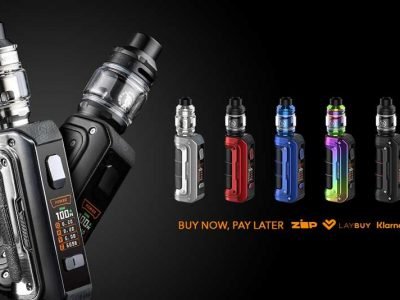Email marketing success is not just a result of choosing the best email marketing templates and doing the right things but constantly checking whether you are still doing them right.
Yes, we are talking about email marketing metrics that must be checked by every email marketer periodically in order to understand how the campaigns are performing amidst evolving subscriber preferences, market movements, and competitor activity. It goes without saying that an email marketing audit is a necessary exercise to help you understand the long-term effects of your strategy and develop better approaches for the future.
However, there are a few email marketing metrics that you need to track more often so that you can optimize your campaigns for best results. Doing so will help you fix leaks in your sales funnels before they turn into gigantic wormholes that drain your dollars from the 42:1 ROI figure. I have curated a list of a few decisive email metrics that you must frequently track to keep your subscribers and finance managers happy. Let’s begin:
Open Rate
Open rate is one of the most widely used, easy to understand, and definitive email metrics that allows you to understand the overall engagement. You should monitor your open rates for every email and ensure that there is no persistent decline, as it may indicate a greater problem with your email strategy.
However, in most cases, the problem doesn’t occur with your current email marketing templates but is a result of cumulative mistakes made in the past messages. Therefore, you must use it as an indicator of your previous email marketing strategies and current subject lines, and preheader text usage.
Bounce Rate
Bounce Rate is a rather neglected email metric that can provide you with powerful insights with little effort. Essentially, when your messages fail to reach the intended recipients, it is considered a bounce, and it can potentially damage your sender’s reputation as bounces compromise your IP address.
For instance, you may find that some subscribers are using work emails that they no longer use, or a particular list-building campaign is attracting only freeloaders due to the campaign parameters. Consequently, you can safeguard your IP reputation and detect any mistakes in your greater marketing strategy through bounce rate monitoring.
Click-through Rate
Ask any email marketer, and they will tell you that the clickthrough rate is the single most essential email metric that matters to every stakeholder in the review process. Remember, your entire email marketing strategy, right from creating campaigns to writing copies and designing email templates, is focused on making the user click on the CTA button.
CTR is a reflection of your overall performance, and directly linked with your ROI. Though your CTR will be significantly lower than your open rate, it is necessary to monitor the difference between the two as it gives a clearer picture of what happens after a reader opens your email.
Unsubscribe Rate
The unsubscribe rate will be one of the lowest among all other email metrics, but if that isn’t the case with your email marketing, you should be worried. Any sudden spike in unsubscribe rate points toward major glitches in your email effort, which could be faulty automation workflows or a mistake in segmenting.
It may also help you track issues such as misalignment between the actual execution and the anticipation of your subscribers based on their association with your brand. The unsubscribe rate is a sensitive metric that can point toward greater issues that need urgent corrections.
Forwarding Rate
Email share rate or forwarding rate is a powerful indicator of good performance as it denotes the fact that a certain number of subscribers found your message so worthy that they forwarded it to their friends and family.
Since all of us are very saturated when it comes to consuming digital content, this is a huge win for your email effort, and you must study what exactly worked in your favor. However, you must keep in mind that the figure would be substantially low as it is a rare phenomenon for most marketers.
Conversion Rate
Conversion rate is the super-refined indicator of your email marketing success- it indicates that your investment in emails has materialized as sales, i.e., revenue. The conversion rate sits just below your CTR, and you must focus on minimizing the difference between the two.
This can be done with the help of abandoned cart emails in the case of ecommerce companies, while you can also provide discounts and other offers to convert your warm leads. All in all, the conversion rate should be monitored against different references such as campaigns, products, time of the year, and more.
Difference In Engagement Between New And Old Subscribers
Lastly, I want to discuss an important email metric that you won’t get directly from your ESP tool, but it holds significant importance in your email strategy.
You must track the difference between the engagement rates of new and old subscribers as it will help you understand how well you are able to retain the engagement rates. It also helps you understand the smoothness of engagement over time and if people tend to find your messages not so exciting over time.
Summing Up
Email marketing is undoubtedly the number one avenue when it comes to digital marketing for any sort of business size and sector, but it comes with its own set of challenges. In essence, you would need to pour the same amount of energy into email marketing as you would do so in the case of SEO or social media. Thus, monitoring the above email metrics is a must if you want to secure a bigger piece of the pie!
Author: Kevin George is the head of marketing at Email Uplers, that specializes in crafting Professional Email Templates, PSD to Email conversion, and Mailchimp Templates. Kevin loves gadgets, bikes & jazz, and he breathes email marketing. He enjoys sharing his insights and thoughts on email marketing best practices on email marketing blog.












